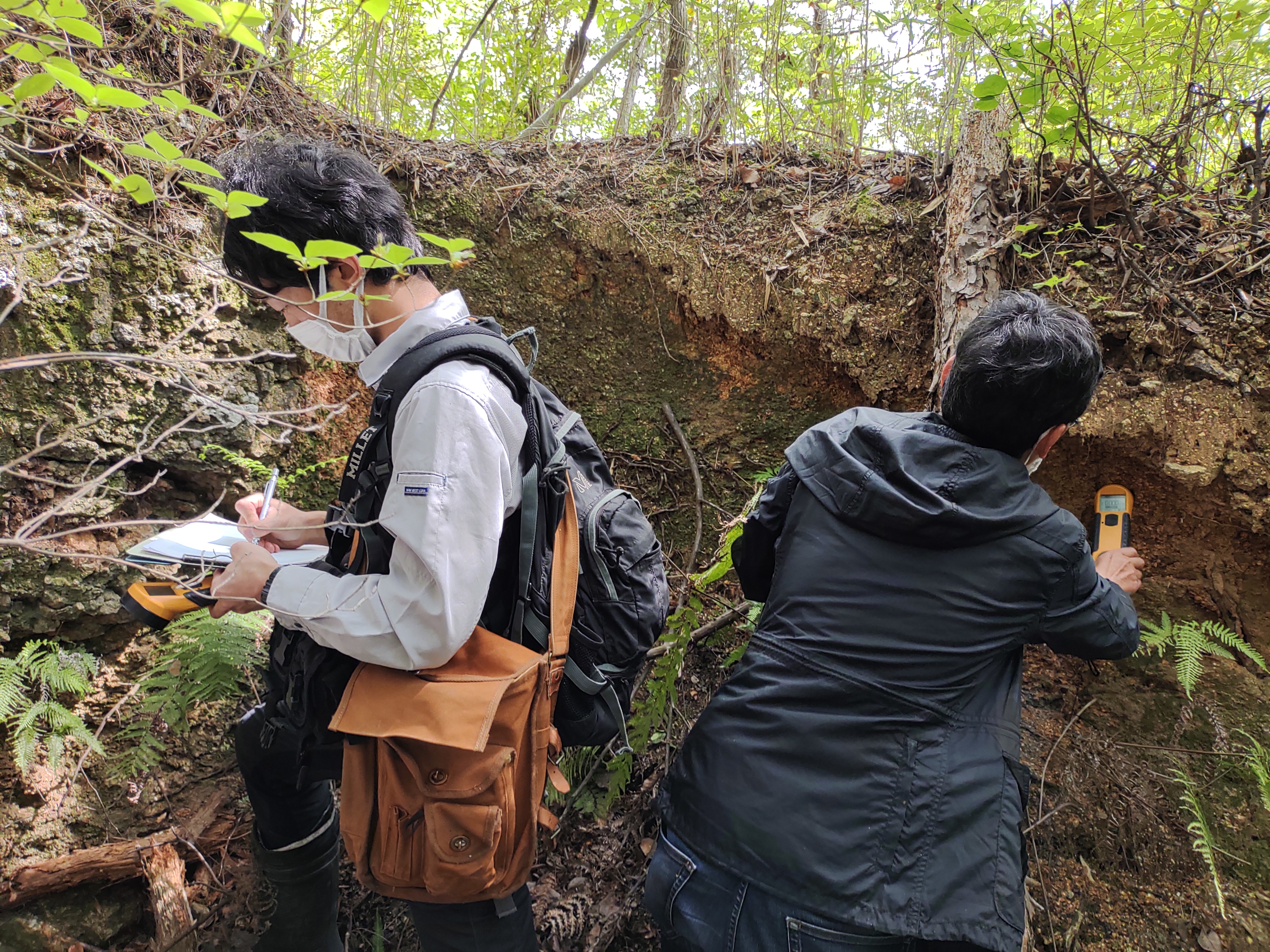FY 2021 Joint Research Project: RYAN Joseph
Project
Joint archaeological, historical, and geoscientific analysis of artifacts and materials related to iron smelting in ancient Kibi
Members
RYAN Joseph (Project leader)
Graduate School of Humanities and Social Sciences, Okayama University
MITSUMOTO Jun
Graduate School of Humanities and Social Sciences, Okayama University
SUZUKI Shigeyuki
Graduate School of Natural Science and Technology, Okayama University
NOZAKA Toshio
Graduate School of Natural Science and Technology, Okayama University
IMAZU Katsunori
Research Institute for the Dynamics of Civilizations, Okayama University
YAMAMOTO Etsuyo
Archaeological Research Center, Okayama University
IWASAKI Shiho
Archaeological Research Center, Okayama University
IKEHATA Kei
School of Life and Environmental Science, University of Tsukuba
NAGAHARA Masato
Historical Study Group of Mining and Metallurgy
YOSHIE Yuta
Okuaizu Geothermal Co., Ltd.
Project Overview
This research project aims to clarify where iron ore was obtained from within the ancient Kibi region (modern Okayama Prefecture) through geoscientific analysis of iron ore found from iron-smelting sites and that from surrounding areas. While many of the oldest iron-smelting sites in the Japanese archipelago are found in the Kibi region, it is not clear where precisely the iron ore was procured from, nor if the nature of procurement was dispersed or centralized. In other words, while the start of iron production in the ancient Kibi region had considerable sociopolitical significance, additional research is required in order to understand the reality of its operation within local society.
By comparing the chemical composition of iron ore found from iron-smelting sites and that found naturally in the Kibi region, this research project aims to clarify how iron ore was procured by iron-smelting sites in the region. Additionally, archaeological analysis of iron-smelting sites within the Kibi region and documentary analysis of ancient texts will allow us to greater understand the role of iron production within local society. The results of this project are expected to greatly advance our understanding of the sociopolitical development of craft production in ancient Kibi.


